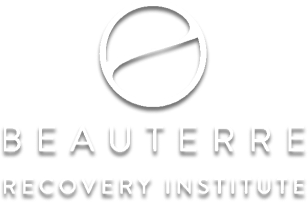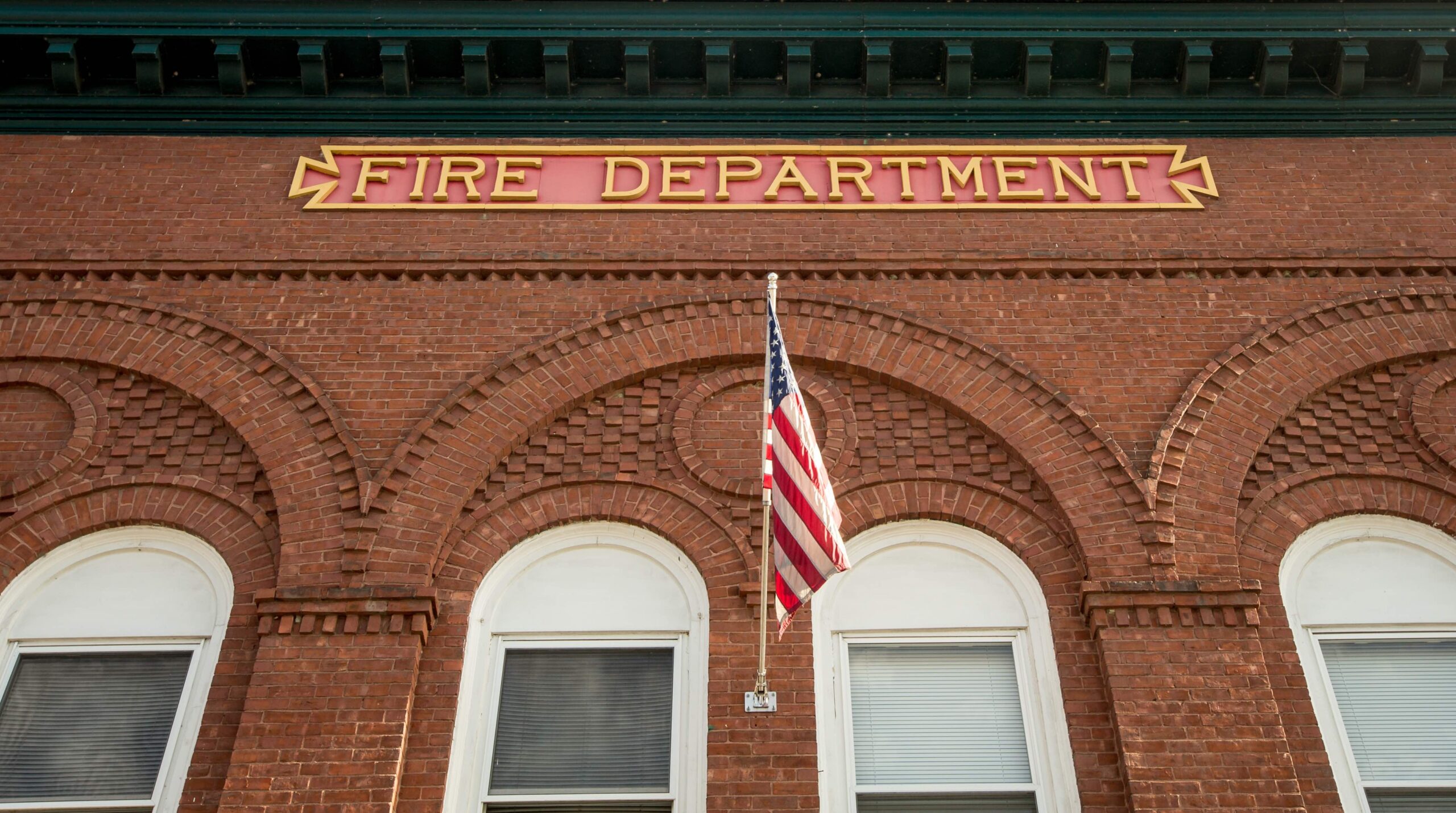In the news, there are stories of terrible suffering from the epidemic of opioid addiction afflicting the nation. But there are hopeful stories, too. For example, the fire department in one hard-hit community opened up their stations to those experiencing substance use disorder. They applied their responsibility as first responders to the crisis and gave those experiencing substance use disorder a safe place to start their recovery.
Guardian Angels in ‘Drug-Infested Den’
In October 2017, President Trump declared the opioid crisis a public health emergency. Fire Chief Daniel Goonan of Manchester, New Hampshire was at the White House for the declaration signing ceremony. Trump singled out Goonan and his department’s Safe Station initiative for praise. The president described Goonan as as one of the “guardian angels.”
This biblical image seemed somehow connected to a controversial earlier statement. Trump once called New Hampshire a “drug-infested den.” Few in the Granite State appreciated the label. Yet, disturbing statistics lend some credence to the presidential claim. New Hampshire ranks second in fatal overdoses overall per capita, after West Virginia. But New Hampshire ranks highest in fatal overdoses from synthetic opioids.
Fire Chief Goonan cited an influx of synthetic opioids into his community. Geography is a factor. Manchester is along an illicit drug supply corridor stemming out of neighboring Massachusetts. Goonan told CNN his department was “sick to death of sitting in meetings” to discuss the epidemic.
Manchester firefighters looked at the opioid crisis as they would any raging inferno. They decided to follow their instincts and public safety training. MFD took immediate action to avoid more ODs and potential deaths in the region.
Substance Use Disorder: Reducing the Stigma
The Safe Station program started in May 2016. Manchester’s fire stations receive those seeking help for substance use disorder. On-duty personnel evaluate walk-ins, without judgment, day or night. If appropriate, the firefighters refer individuals to a local substance use treatment facility. Manchester Emergency Medical Services Officer Chris Hickey is the program’s founder. During an interview that first month, Hickey captured the rationale behind the program. “Many people just don’t know where to begin,” he said. “Safe Station is that connection.”
Safe Station locations are open 24/7, 365 days a year to people who don’t know where to turn. “It’s not your father’s fire department,” Goonan says. “[But] historically this is what the fire service does—help people.” Hickey agrees, saying the program strives to reduce stigma surrounding substance use disorder. Safe Station referrals to treatment facilities receive the check-in designation “Code Hope.”
In less than two years, Safe Station has directed over 2,500 individuals to treatment. Opioid deaths in Manchester alone decreased 40 percent in 2017. Other fire departments continue to express interest in setting up Safe Station programs. Several other communities in New Hampshire have already followed Manchester’s example. The community is fighting the “drug-infested den” label. Safe Station has made Manchester a model of the proactive approach to substance use disorder.
Ongoing Addiction Treatment Resources Needed
Despite the strides made and the presidential acclaim, Safe Station is not enough. The program is but a first step, not a comprehensive care solution. Walk-ins suffering from substance use disorder need that next place to go. Availability of drug treatment programs in New Hampshire remains insufficient to rising demand.
Chief Goonan says 65 percent of walk-ins come from outside of Manchester. Some hail from out of state, as far as Ohio. After the handoff, treatment facilities can become overwhelmed and face financial strain. A longstanding nonprofit treatment center in Manchester actually went out of business. Quick-thinking officials made alternative arrangements for Safe Station “Code Hope” designees.
Federal dollars could ensure treatment access in the “Live Free or Die” State. Elsewhere, too. The opioid epidemic has transformed much of the U.S. into a “drug-infested den.” Even in the state of Minnesota, opioid-related fatalities increased 600 percent between 2000 and 2016. In 2016, more Minnesotans died from opioid overdose than in automobile accidents.
 Beauterre Recovery Institute
Beauterre Recovery Institute
